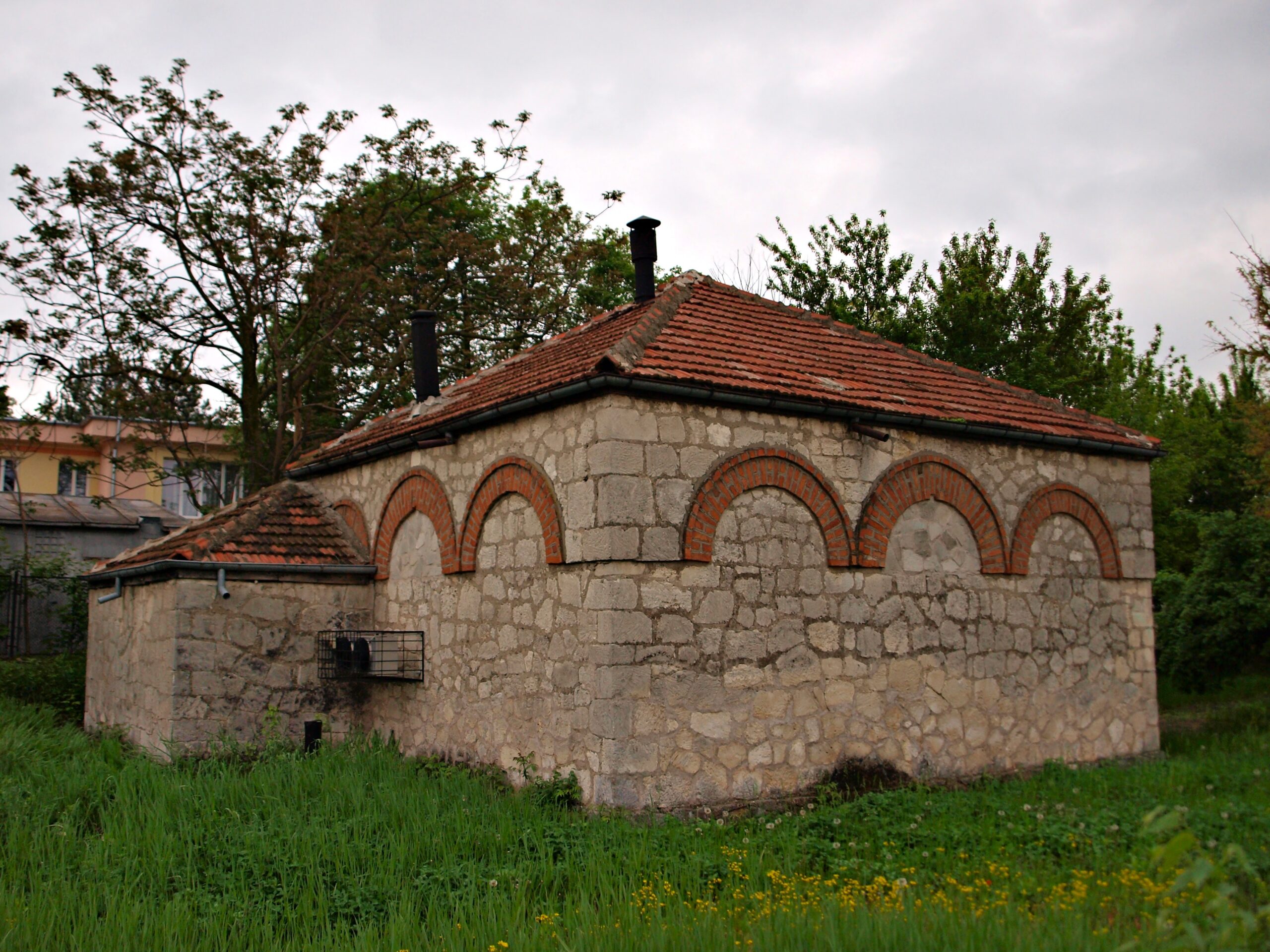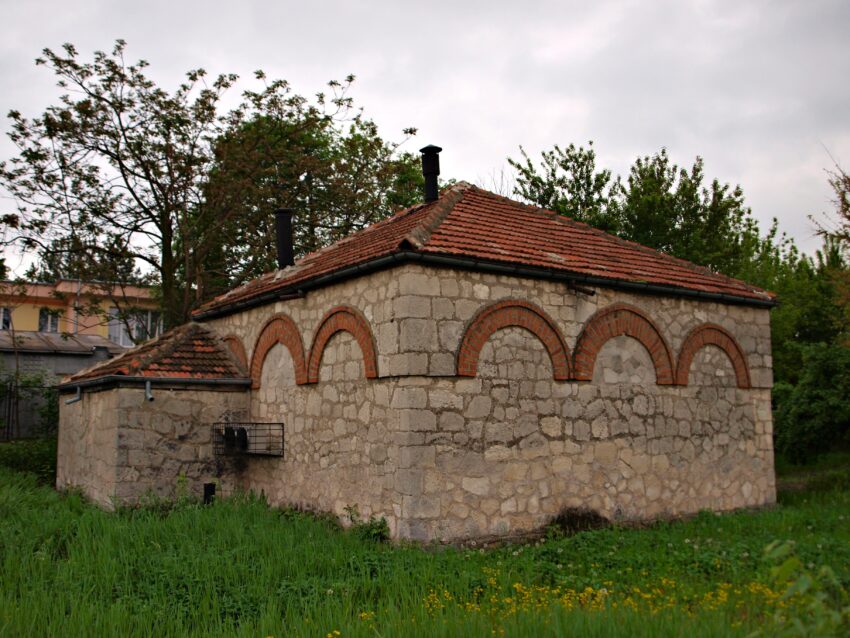The Roman Tomb of Silistra (Bulgarian: Римска гробница в Силистра, Rimska grobnitsa v Silistra) is a significant archaeological site located in the town of Silistra, northeastern Bulgaria. This Roman burial tomb, dating back mid-4th century AD, is the best-preserved architectural monument of the Ancient Roman city of Durostorum. The tomb is considered one of the most thoroughly investigated monuments of late antique art in Bulgaria and the Balkans.
Get your dose of History via Email

History
Context and Significance
By the mid-4th century, Christianity had started influencing Silistra. However, the Roman Tomb stands as a testament to the prevailing pagan culture of the time. The tomb’s construction likely occurred before Emperor Theodosius I’s persecution of paganism and the Gothic invasion of Durostorum (376–378 AD). The invasion might have led to the master’s family fleeing the city, explaining the absence of burials in the tomb. Therefore, the tomb is stylistically attributed to the 4th century, specifically to the reign of Theodosius I.
Discovery and UNESCO Status
The Roman Tomb was fortuitously discovered in 1942 in the southern outskirts of Silistra, a significant town in Southern Dobruja. This discovery came shortly after Silistra was transferred from Romania back to Bulgaria following the 1940 Treaty of Craiova. In recognition of its historical and artistic value, the Roman Tomb of Silistra has been on UNESCO’s Tentative List of World Heritage Sites since 1984.
Architecture and Frescoes
Structural Details
The stone tomb comprises a single burial chamber, measuring 3.30 by 2.60 meters (10.8 by 8.5 feet). It also has a west-east orientation and an entrance on the east wall. It features a semi-cylindrical brick vault and is located amidst the ruins of a Late Antiquity necropolis with similar structures.
Interior Decoration
The tomb’s floor is entirely covered by ceramic plates, painted using the fresco-secco technique. Unlike most other Roman tombs from the Balkans period, the Silistra tomb’s interior is adorned with multi-colored mural paintings. The northern, southern, and eastern walls feature a procession of servants. However, the western wall, opposite the entrance, depicts the master and his wife.
A frieze along the tomb’s walls contains 11 panels portraying male and female slaves bringing various gifts to the masters. The symmetrical composition is centered around the panel depicting the masters. Additionally, the tomb’s decorations include hunting scenes, candlesticks, plants, and animals, such as peacocks and pigeons. The remarkable preservation and quality of these mural paintings make the tomb a unique example of art. The preservation also shows life in the outer regions of the Roman Empire during the turbulent 4th century.
Location and Access
The Roman Tomb of Silistra is situated at the intersection of Sedmi Septemvri and Boyka Voyvoda Streets in Silistra. As of 2016, visits to the tomb require a prior reservation through the Regional Historical Museum of Silistra.
Conclusion
The Roman Tomb of Silistra offers a fascinating glimpse into the art and culture of Ancient Rome in Bulgaria. Its well-preserved features provide invaluable insights into the lives and beliefs of the period. This makes it a vital piece of Bulgaria’s historical heritage.
Sources: Wikipedia

